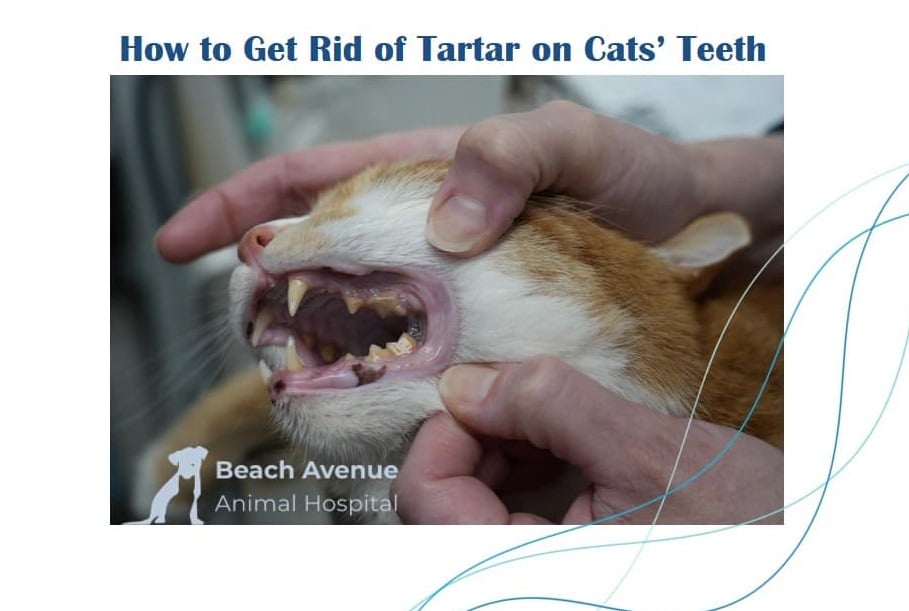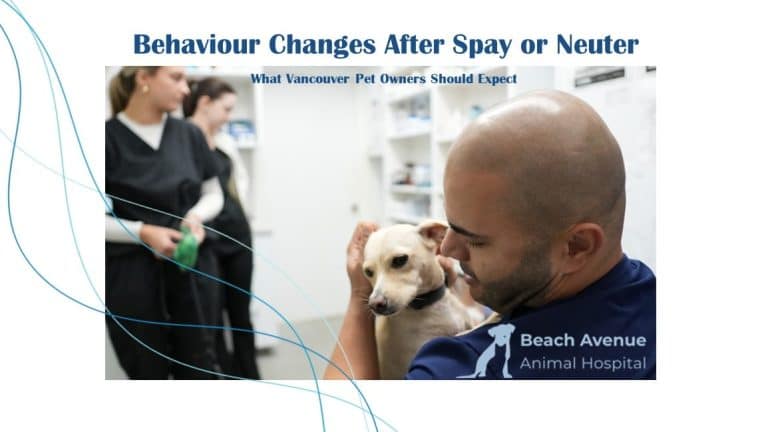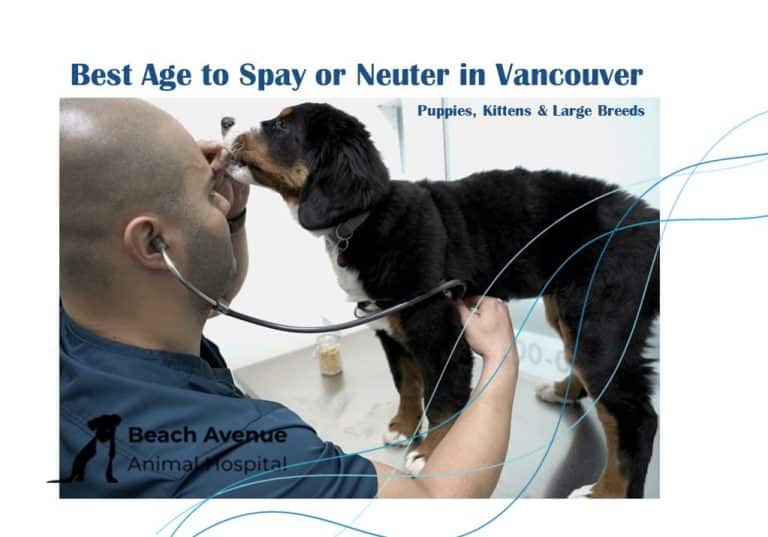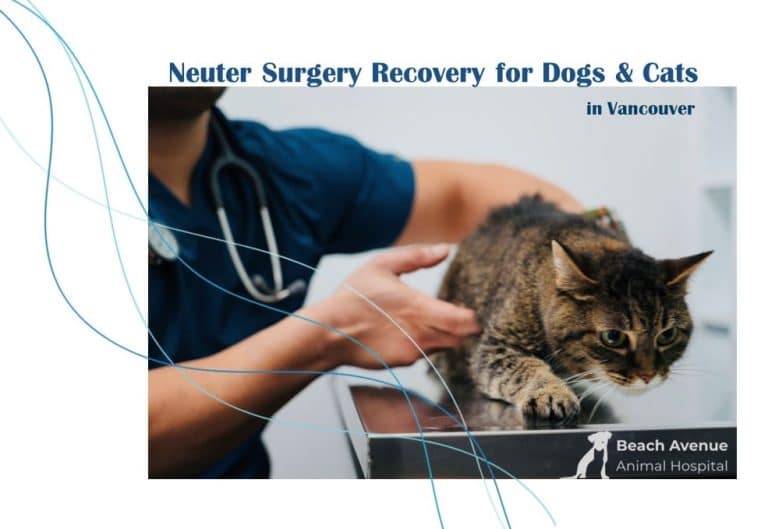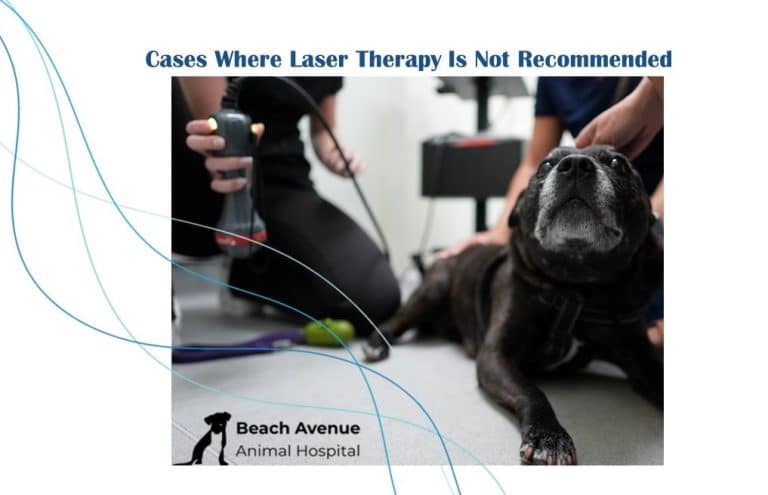Noticing yellow or brown buildup on your cat’s teeth? That’s likely tartar—and it’s more than just a cosmetic concern. Tartar can lead to serious health issues, including gum disease, tooth loss, and even infection in other parts of the body.
In “How to Get Rid of Tartar on Cats’ Teeth”, you’ll learn practical ways to help manage tartar at home, when to seek professional help, and how to protect your cat’s oral health for the long run.
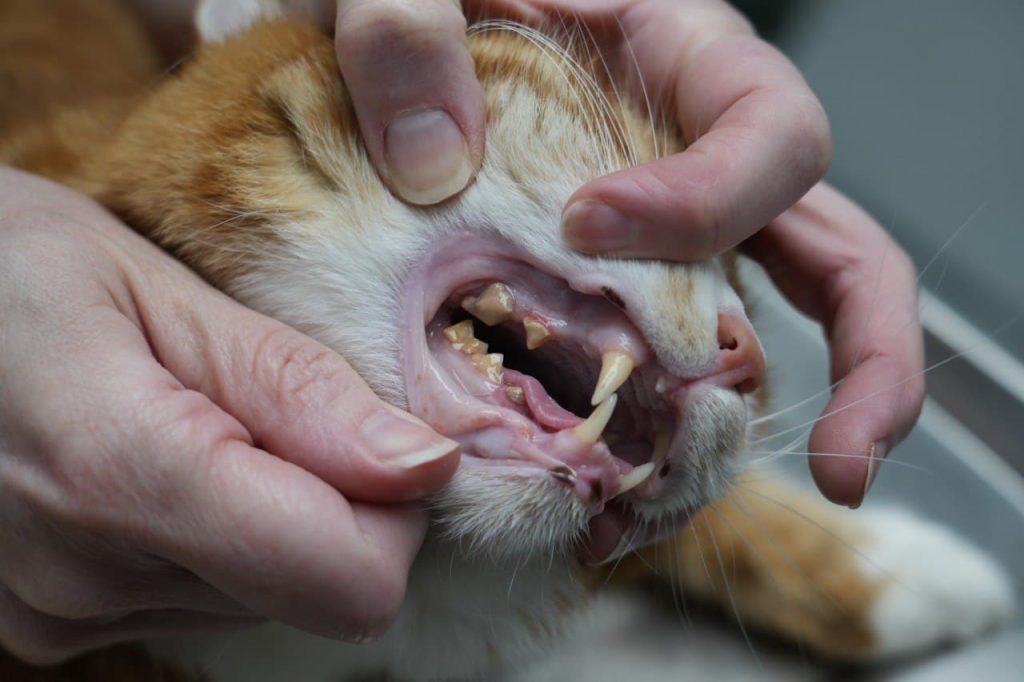
What Is Tartar and Why It Matters
Tartar is hardened plaque that accumulates on your cat’s teeth over time. It’s made up of bacteria, food debris, and minerals from saliva. Once plaque hardens into tartar, it can’t be brushed off—and it creates a rough surface that allows more plaque to stick, accelerating the problem.
Left untreated, tartar can contribute to:
- Gum inflammation (gingivitis)
- Painful periodontal disease
- Tooth loss
- Bacteria spreading into the bloodstream, affecting organs like the heart or kidneys
Signs Your Cat May Have Tartar Buildup
Cats are great at hiding discomfort, but there are some clear indicators to watch for:
- Yellow or brown stains along the gum line
- Bad breath (halitosis)
- Red or swollen gums
- Drooling or trouble chewing
- Pawing at the mouth or avoiding food
Home Remedies to Help Manage Tartar
While hardened tartar requires professional removal, these home care strategies can help prevent or slow tartar buildup:
Brushing Teeth at Home
Brushing is the gold standard for feline dental care. Use a cat-specific toothbrush and enzymatic toothpaste. Start gradually—let your cat get used to the taste and feel before brushing regularly. Even brushing two to three times a week can make a difference.
Dental Treats & Chews
These treats are designed to reduce plaque mechanically while your cat chews. Look for products approved by the Veterinary Oral Health Council (VOHC).
Coconut Oil (in moderation)
Coconut oil has mild antibacterial and anti-inflammatory properties. Some cat owners apply a small amount to their cat’s teeth or gums with a finger to support oral hygiene. Check with your vet before introducing any home remedies.
Dental Water Additives
These are added to your cat’s water bowl and help reduce bacteria in the mouth, improving breath and slowing plaque accumulation. Choose products formulated for cats.
When It’s Time for Professional Dental Cleaning
Once tartar has formed, it’s nearly impossible to remove at home. A professional cleaning is the only safe and effective way to remove it completely. This procedure, done under anesthesia, includes:
- Scaling to remove tartar above and below the gumline
- A full oral exam to detect any hidden issues
- Polishing to smooth the teeth and prevent future buildup
If you’re in Vancouver and looking for exceptional, compassionate dental care for your cat, one of the best places to visit is Beach Avenue Animal Hospital, known for their feline-friendly approach and professional expertise.
You can explore more about their cat dental cleaning and pet dental services for details on how professional care can restore your cat’s oral health.
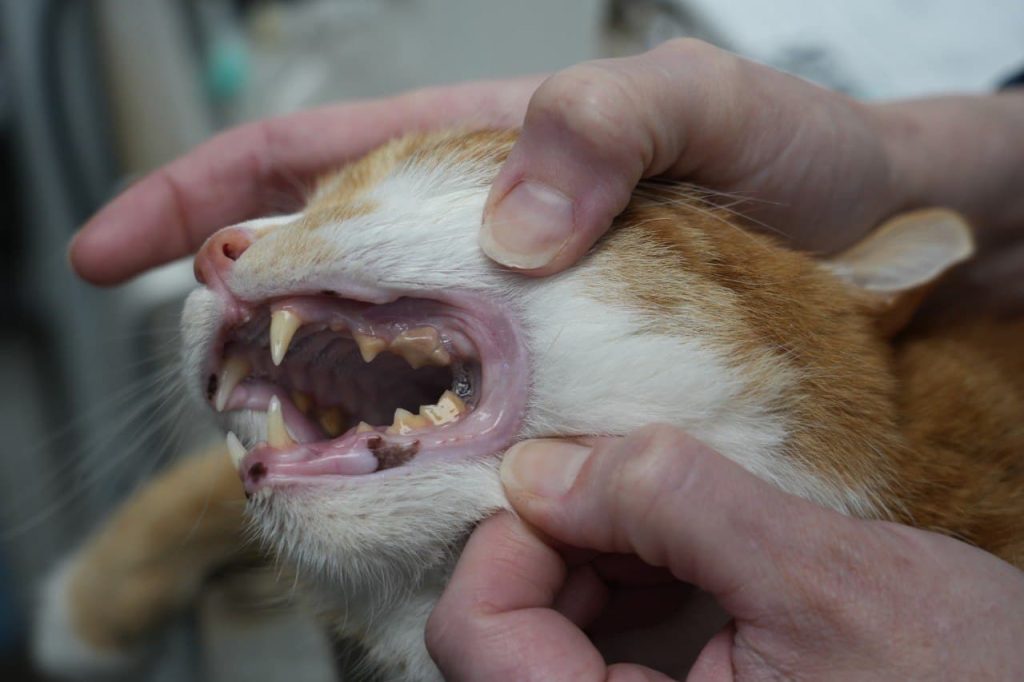
Tartar is a common issue, but it doesn’t have to become a major problem. By combining smart at-home practices with timely professional dental care, you can protect your cat from pain, discomfort, and serious dental disease.
Even small efforts—like introducing brushing or offering dental treats—can go a long way toward supporting your cat’s health. Stay proactive, stay informed, and give your feline friend the happy, healthy mouth they deserve.
More Care for Your Cat Beyond Dental Health
At Beach Avenue Animal Hospital, we know your cat’s well-being goes far beyond their teeth. That’s why we offer a complete range of services designed to keep them comfortable, healthy, and thriving:
- Laser Therapy – Gentle, drug-free pain relief and faster healing for injuries or chronic conditions.
- Nail Trimming – Stress-free grooming to keep your cat’s claws healthy and your home scratch-free.
- Cat Vaccinations – Essential protection against common feline diseases, tailored to your cat’s lifestyle.
- Wellness Exams – Comprehensive checkups to detect issues early and ensure lifelong health.
- Spay & Neuter Services – A safe procedure that supports long-term health and helps reduce overpopulation.
Discover how our Vancouver veterinary team can provide the compassionate, professional care your cat deserves — from everyday wellness to advanced treatments.
Frequently Asked Questions (FAQs)
1. Can I remove tartar from my cat’s teeth at home?
No—only soft plaque can be brushed away. Hardened tartar requires professional removal.
2. How often should I brush my cat’s teeth?
Ideally every day, but even a few times per week helps.
3. What’s the safest toothpaste for cats?
Use only enzymatic toothpaste formulated for cats. Human toothpaste can be toxic.
4. Do dental chews work for cats?
Yes, many are helpful for reducing plaque, especially those with VOHC approval.
5. Are dental cleanings under anesthesia safe for cats?
Yes. Vets use modern, safe anesthetic protocols and perform pre-anesthetic testing to minimize risk.
6. How much does a cat dental cleaning cost?
It varies based on the clinic and your cat’s condition. An exam is usually needed to estimate cost.
7. What age should I start brushing my cat’s teeth?
As early as possible—starting young helps them get used to the process. But it’s never too late to begin.
8. What are signs that my cat needs a dental cleaning now?
Persistent bad breath, visible tartar, red gums, drooling, and changes in eating behavior.
9. Does dry kibble prevent tartar?
Dry food offers some mechanical cleaning, but it’s not enough on its own.
10. How can I keep my cat’s teeth clean after a professional cleaning?
Brush regularly, offer dental treats and additives, and schedule annual dental checkups with your vet.

